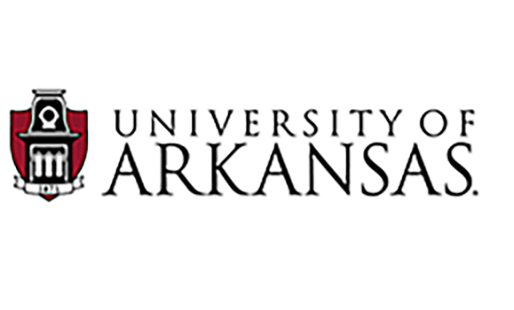Date of Graduation
5-2018
Document Type
Dissertation
Degree Name
Doctor of Philosophy in Cell & Molecular Biology (PhD)
Degree Level
Graduate
Department
Biological Sciences
Advisor/Mentor
Steven C. Ricke
Committee Member
Ravi D. Barabote
Second Committee Member
Bennie J. Bench
Third Committee Member
Young Min Kwon
Fourth Committee Member
Jeffrey A. Lewis
Keywords
Microbiome, Next generation sequencing, Poultry, Pseudomonas, slaughter
Abstract
The United States poultry industry generated 38.6 billion pounds (17,500 metric ton) of meat in 2014 which averaged to 121 pounds (55 kg) per individual of the U.S that same year. Of that meat generated by the poultry industry, an estimated 1 million cases of Salmonellosis will occur. Out of the 1 million cases approximately 40, 000 to 50,000 will be confirmed cases by the CDC. Recently, the USDA has requested changes in the inspection process and are currently allowing processors more freedom to utilize innovation to drive the increase in safer and more desirable foods. The new standards set forth by the USDA and the willingness to be more flexible with processors will create an atmosphere conducive for the development of new technologies, process design, and antimicrobial intervention strategies that are synergistic with the rate at which large scale production occurs. In this review, the production process will be explored in conjunction with the regulatory statutes that govern poultry slaughter. Additionally, the mechanism in which antimicrobials interact with bacteria and the employment of Next Generation Sequencing to gain better insight of how the intervention strategies decontaminate raw meat.
Citation
Handley, J. A. (2018). Microbiome of Commercial Broilers through Evisceration and Immersion Chilling. Graduate Theses and Dissertations Retrieved from https://scholarworks.uark.edu/etd/2638
Included in
Bacteriology Commons, Cell Biology Commons, Environmental Microbiology and Microbial Ecology Commons, Molecular Biology Commons, Poultry or Avian Science Commons

